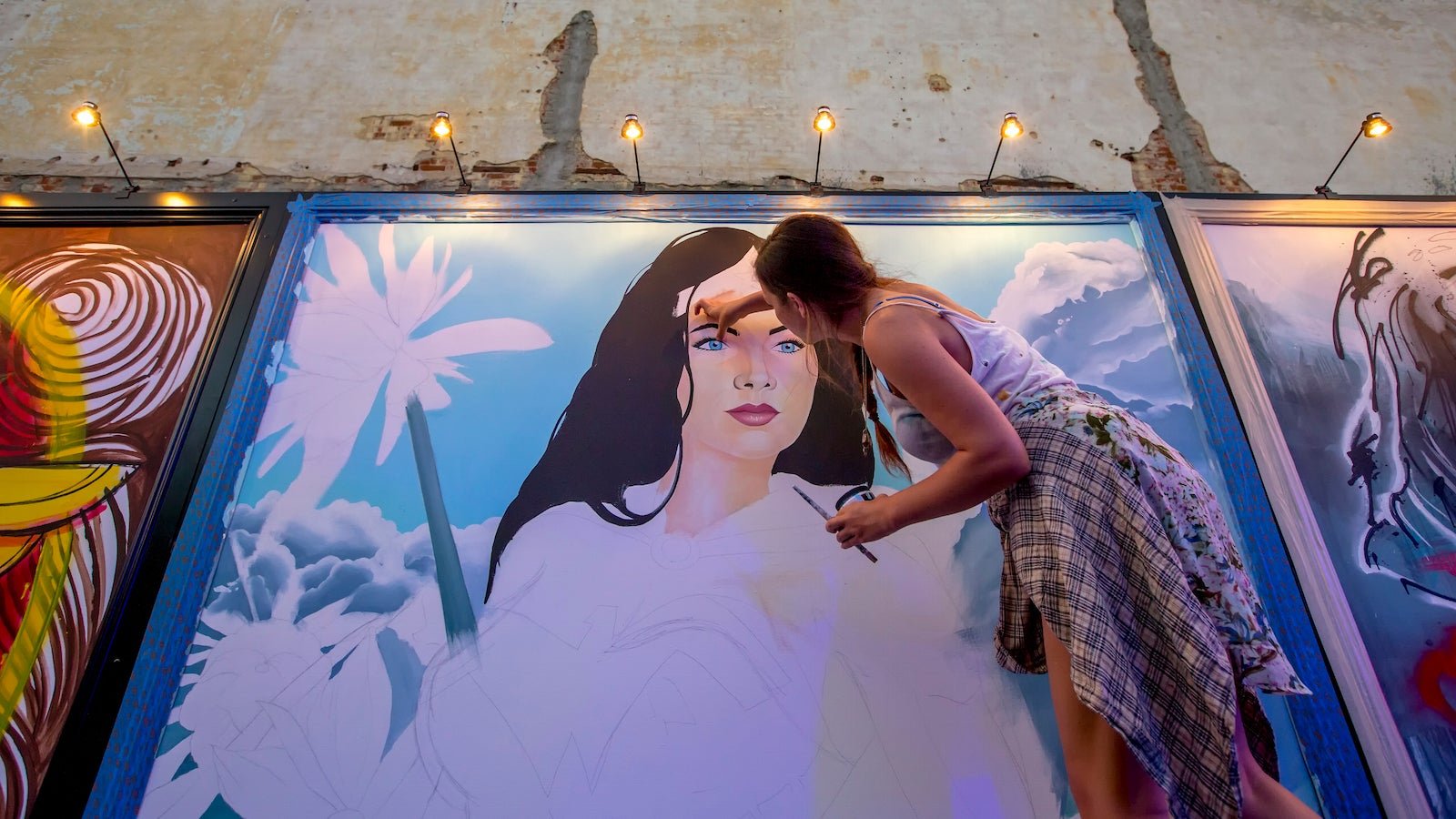A comic book artist put out radically simple instructions for drawing realistic women characters
Comic books have traditionally been made for men, and by men. And, as such, women are greatly underrepresented in their pages.


Comic books have traditionally been made for men, and by men. And, as such, women are greatly underrepresented in their pages.
Major publishers like Marvel and DC Comics have been trying to change all that—expanding their universes and adding diverse, new women to their rosters—as more women take an interest in the genre. But gender inclusion isn’t just about having female leads, it’s also about how those women are portrayed.
Is the heroine overtly sexualized?
As it turns out, it’s remarkably practical not to objectify women in comics, a creator recently pointed out on Twitter.
Writer and artist Renae De Liz outlined in a series of tweets how emphasizing character and function over sex appeal creates more realistic women characters:
If a lot of this sounds like basic character building, that’s because it is. But comic books—and the media in general—don’t always develop women characters as fully as men.
“Male characters tend to be ‘whole,’ meaning they have personality, dreams, and abundant characters traits,” said De Liz. They’re sexualized in comics as well—often with unattainable, muscular bodies—but their physiques are usually one part of a complete package.
Whereas “females tend to be primarily focused on sexual appeal or physical beauty without the benefits of a fully realized character,” De Liz said.
Even women creators fall into the trap of drawing women this way. De Liz said she is no exception:
She sees this changing slowly as more women create and read comics, but she doesn’t think there will be a large-scale shift until more women, and men who advocate on the issue, have positions of power at major publishers.
She sometimes still has to step back and remind herself not to sexualize characters unnecessarily.
“Some characters call for a sexualized or even objectified approach,” De Liz said. “But for many characters the addition can feel out of place and… can hinder other character traits.”
De Liz said there’s nothing wrong with having sexy women in comics, but that we also need ”more varied portrayals of women.”
At the very least, she suggests artists who want to draw alternatives to the fictional female norm ask themselves: